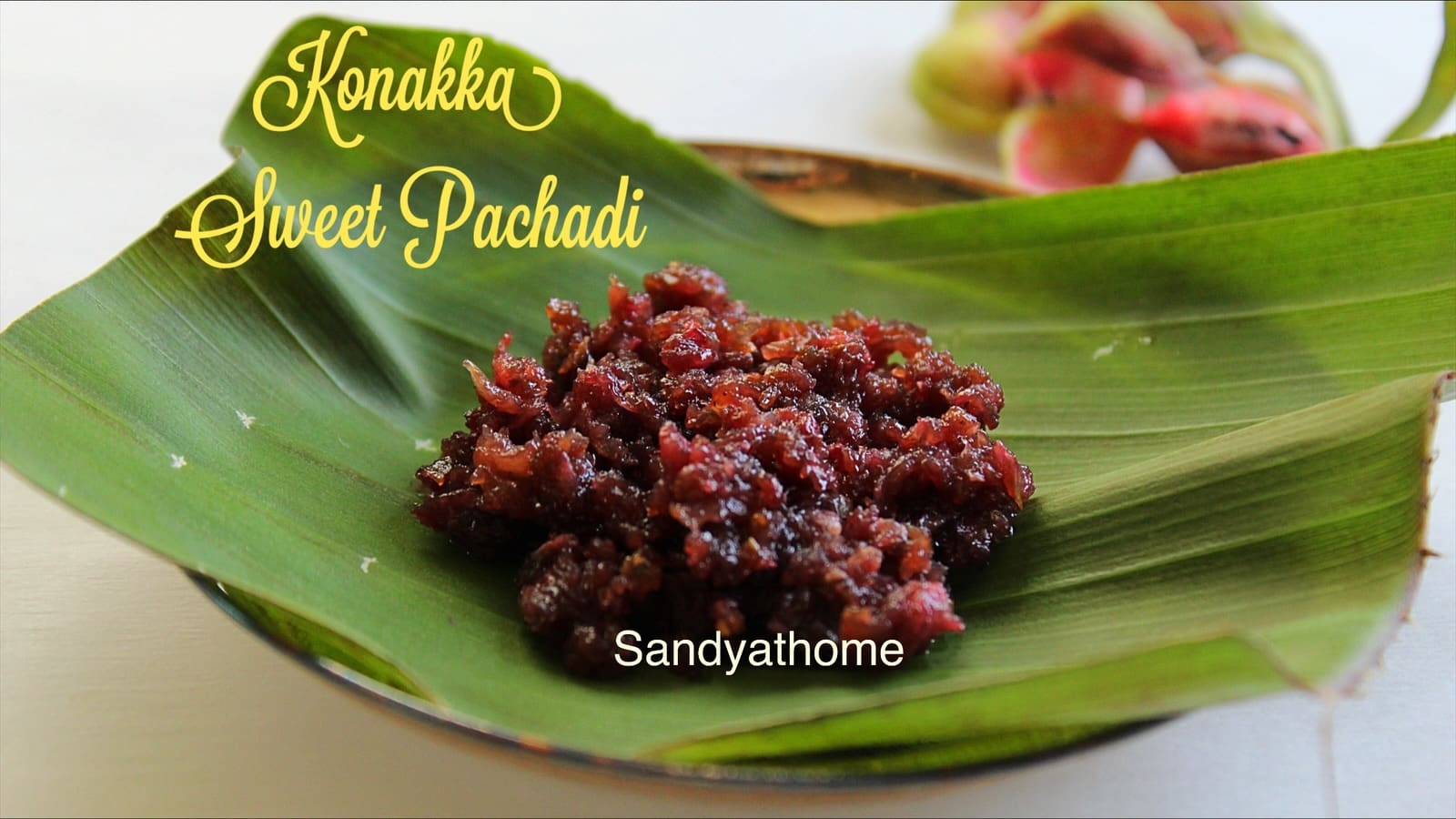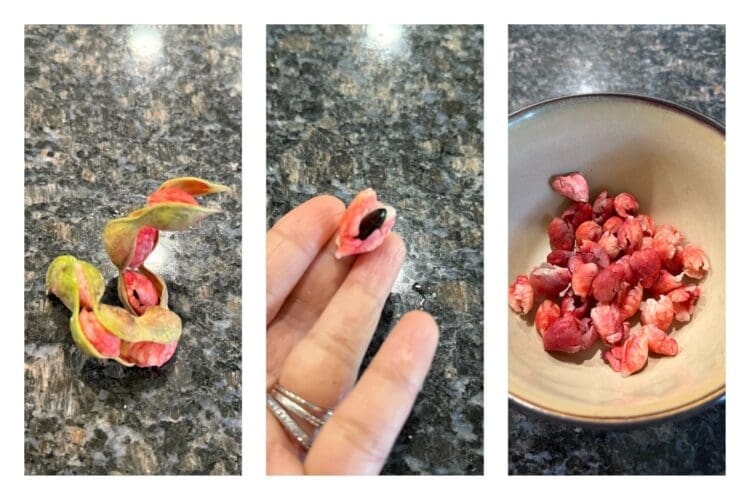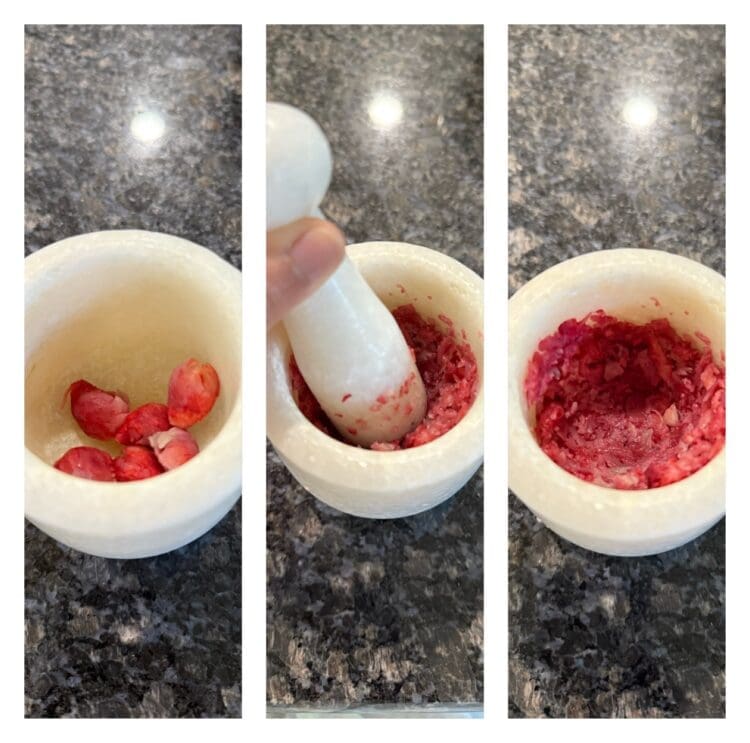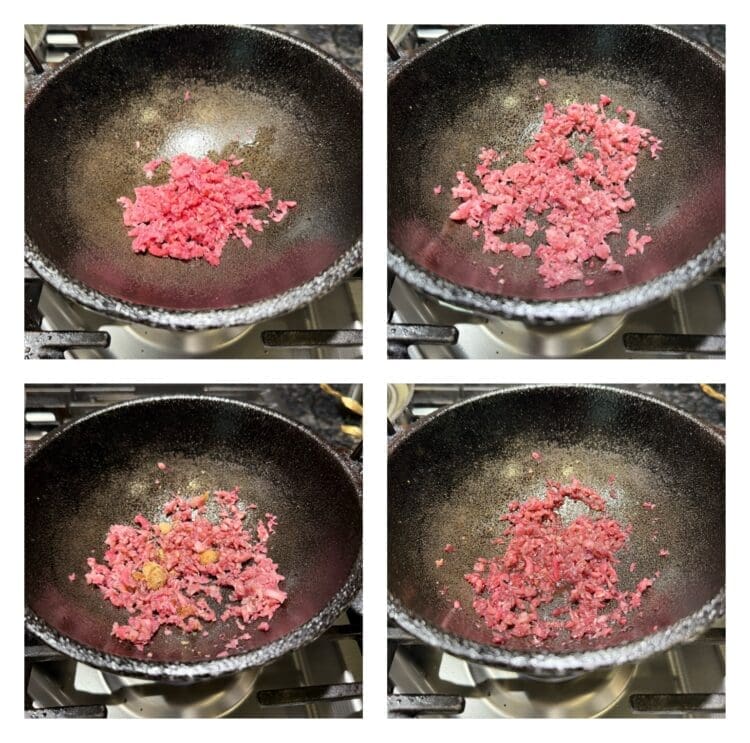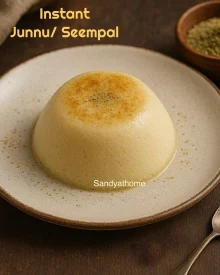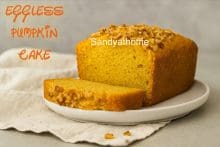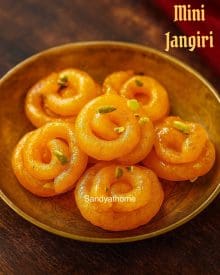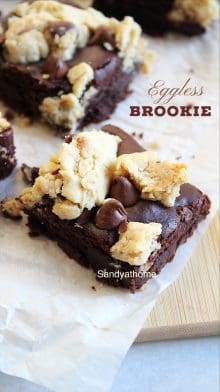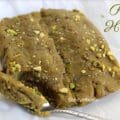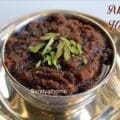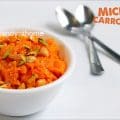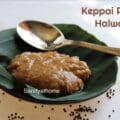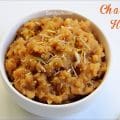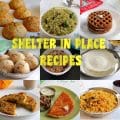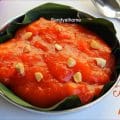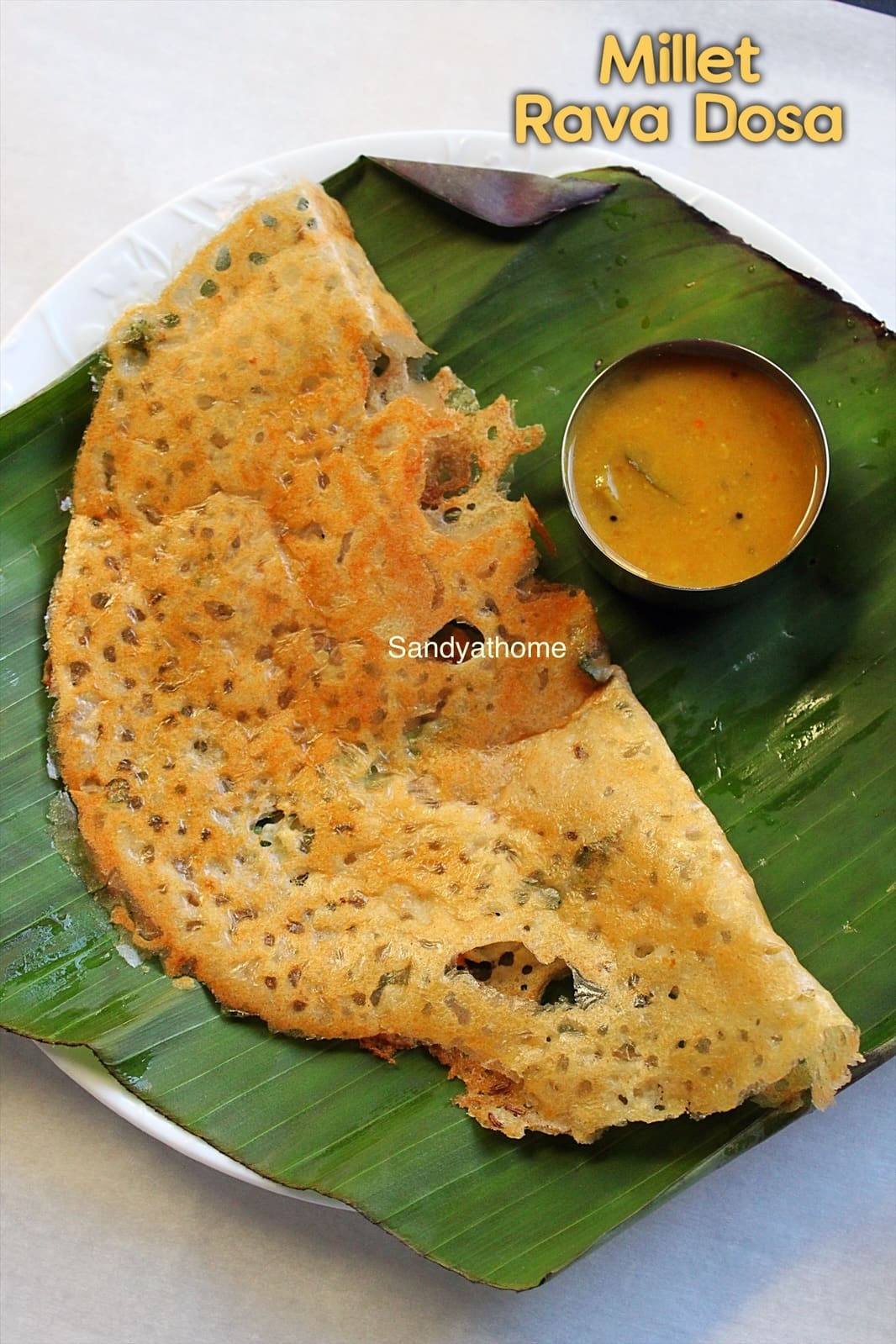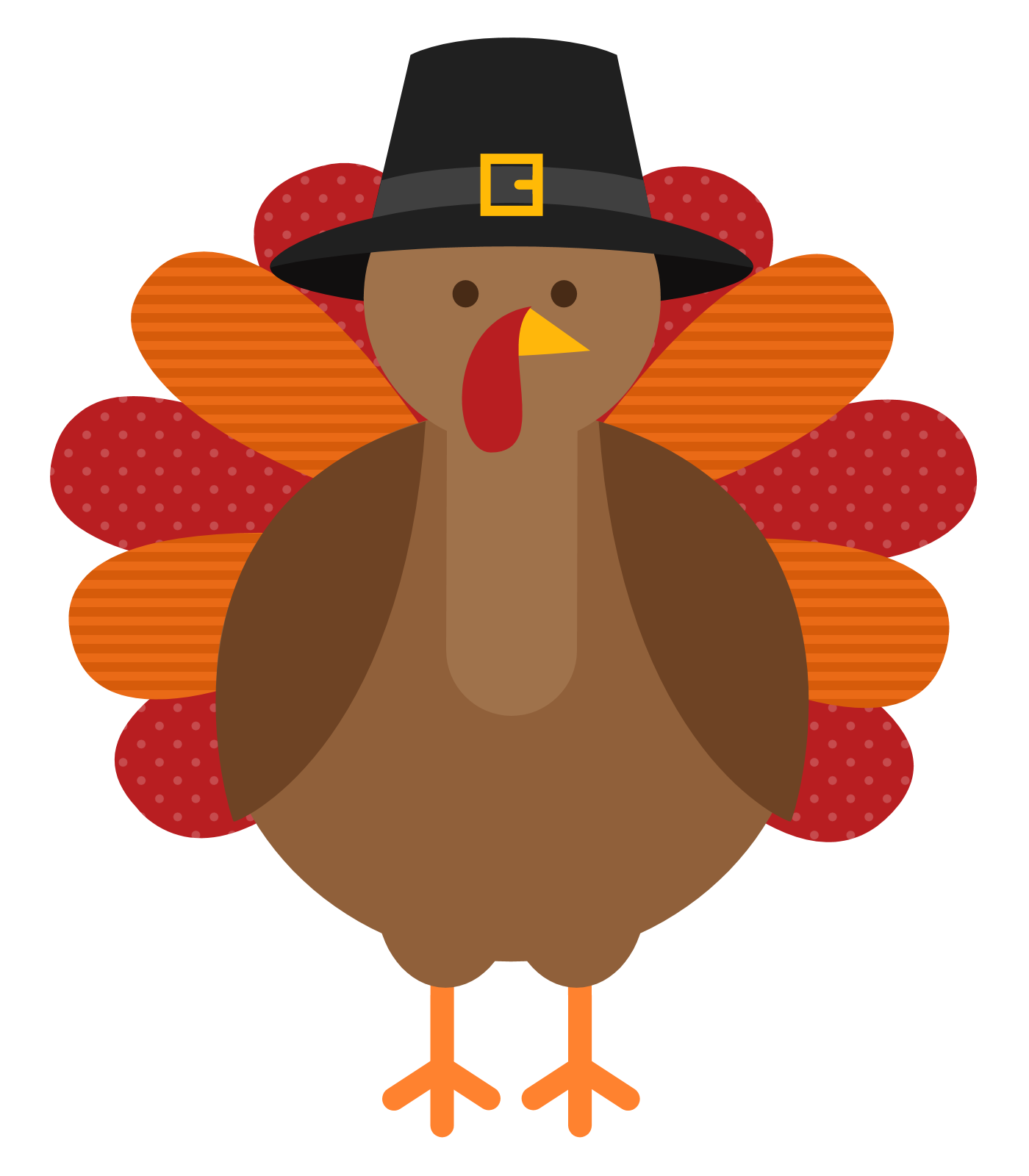While most know konakka (Manila tamarind) for its tang, few have tasted its sweet, soft pulp transformed into a halwa-style pachadi — cooked gently in ghee, sweetened with jaggery, and perfumed with cardamom. This is not the raw mix I grew up mashing on summer afternoons. This version is a warmer, deeper revival — made in a kadai, with the same love, but a richer, melt-in-mouth finish.
All content, including text, images, and recipes in this post are original creations of Sandyathome. This Cooked Konakka Sweet Pachadi (Halwa-style) recipe is part of my personal Revival Series, developed through hands-on experimentation and rooted in traditional South Indian ingredients. Strictly no copying, reposting, or reproducing of this content is permitted under any circumstances.
In my childhood, we rarely had desserts made from konakka — it was more a fruit to pop and share, not cook. But as I began reviving old recipes, I wondered: What if this humble fruit met halwa? The result is this cooked konakka sweet pachadi, somewhere between a fruit preserve and a satvik halwa. No maida, no milk — just ripe konakka arils, jaggery, sukku, and ghee.
Whether served as a warm spoon sweet or a temple-style prasadam, this dish is my offering to the forgotten fruits of Tamil village life — revived by Sandhya Riyaz, one pod at a time.
Author’s Note about Kodukapuli Sweet Pachadi
This recipe is my little ode to a forgotten fruit — not just revived, but reimagined. You won’t find it on restaurant menus or popular blogs, but it deserves a place on our summer plates and in our hearts.
This isn’t a chutney or a pickle. It’s a slow-cooked spoon sweet, born from childhood memories of plucking konakka (kodukkapuli) pods from roadside trees and mashing them raw with jaggery. But this time, I let the fruit linger — simmered gently in ghee, sweetened with jaggery, and perfumed with cardamom.
The result is a halwa-style pachadi — part memory, part innovation. A warm tribute to a fruit we never really cooked with, but one that truly shines when we do.
Bite of History: Kodukapuli Sweet Pachadi
In the villages of Tamil Nadu, Andhra, and Telangana, kodukapuli (also called vilayati imli or jungle tamarind) was cherished for its sweet-sour taste. While most know it as a tangy fruit, its ripe pink arils were once used in sweet summer dips, paired with jaggery or honey to cool the body, aid digestion, and quench sugar cravings naturally.
This forgotten Konakka Sweet Pachadi has been lovingly revived by Sandhya Riyaz as part of the Sandyathome revival series.
Ingredient Role Table – Konakka Halwa
| Ingredient | Role in Recipe |
|---|---|
| Konakka arils/ Kodukapuli/ Jungle Imli | Star ingredient; provides natural sweet-tangy pulp with cooling effect |
| Jaggery powder | Sweetens the mixture and balances the mild tartness of konakka |
| Dry ginger powder | Adds warmth and aids digestion; balances the cooling nature of the fruit |
| Cardamom powder | Adds subtle fragrance and enhances the flavor |
| Ghee | Medium for sautéing; enhances flavor and gives the dish its halwa-like richness and aroma |
You May Also Like these Pachadi Recipes:
Directions to make Kodukapuli Sweet Pachadi with step by step images
- Prepare the fruit:
Crack open konakka pods, remove the soft arils, and discard the seeds and skin. Set aside the ripe (red) pulp.
- Mash the arils:
In a wide bowl, gently mash the kodukapuli pulp with clean hands or a wooden spoon or motor pestle.
- Cook the Pachadi:
Once the ghee melts in the pan, add the konakka pulp and sauté gently for 2–3 minutes, stirring to prevent sticking. Sprinkle in the jaggery powder and continue stirring as it melts and begins to thicken. Add dry ginger powder (sukku) and cardamom powder, mixing until everything is well combined into a glossy, spoonable mixture.
- Final step:
Cook on low flame for 7–10 minutes until the mixture becomes thick and glossy like halwa. Add roasted cashews if using. Cool and serve warm or at room temperature. Store in the fridge for up to 2–3 days..

Pro Tips for Konakka Halwa
- Use only fully ripe konakka arils — pink or white in color. Unripe green ones can be too tart and fibrous.
- Always remove all seeds and skin before cooking for a smooth, halwa-like texture.
- Cook on low flame to prevent the jaggery from burning or the pulp from sticking.
- A pinch of dry ginger (sukku) adds warmth, aids digestion, and balances the tanginess.
- Roasted cashews or ghee-fried coconut bits add richness and a festive feel.
- This halwa-style pachadi tastes best warm or at room temperature, and keeps well in the fridge for up to 3 days.
Serving Suggestions for Kodukapuli Sweet Pachadi
- Serve warm or at room temperature as a spoon sweet after meals, especially during summer.
- Pair it with curd rice or millet kanji as a cooling, sweet side.
- Offer as prasadam or fasting sweet during full moon days (Pournami) or Satvik meals.
- Spoon over idiyappam or ragi roti for a unique sweet-tangy combo.
- Can also be served in small portions like fruit halwa for festive thalis or village-style lunch platters.
FAQ – Kodukapuli Sweet Pachadi
Yes! You can make a delicious halwa-style sweet using konakka (also known as kodukkapuli or Manila tamarind). By cooking the ripe pulp with jaggery and ghee, it transforms into a glossy, thick dessert — similar to fruit halwa but with a unique sweet-sour taste.
The traditional raw version involves simply mashing the konakka pulp with jaggery, while this cooked konakka sweet pachadi recipe uses ghee and simmering to bring out a deeper flavor and halwa-like texture. It also keeps slightly longer than the raw version.
Yes, this no onion no garlic halwa-style pachadi with konakka is satvik and can be included in fasting meals, especially if made with pure jaggery and ghee. It’s naturally gluten-free and can be made vegan by skipping ghee.
Absolutely. This manila tamarind halwa recipe stays fresh in the fridge for 2–3 days when stored in an airtight container. Warm it gently before serving if preferred.
Sweet Recipes
Pumpkin Butter Mascarpone Danish, How to make Pumpkin Butter Danish
Flaky puff pastry filled with a creamy blend of pumpkin and mascarpone, baked until golden and irresistible — the perfect cozy fall treat for National Pumpkin Day!
Instant Junnu Recipe, How to make Instant Kharvas
A quick and nostalgic Indian milk pudding made using instant Junnu powder, raw milk, and cardamom — no colostrum needed! This gently steamed dessert sets into a soft, wobbly texture and tastes just like home, without the overpowering aroma of traditional kharvas.
Carrot Mysore Pak, How to make Ghee Carrot Mysore Pak
Soft, melt-in-the-mouth Carrot Mysore Pak made with fresh carrot puree, roasted besan, sugar, and ghee. A festive twist to the traditional Mysore Pak that’s rich, aromatic, and naturally hued — perfect for Deepavali celebrations.
Millet Suzhiyam, How to make Millet Suyyam
Celebrate Diwali the wholesome way with this Thinai (Foxtail Millet) Suzhiyam / Suyyam — a golden, crisp festive sweet filled with soft jaggery-chana dal goodness. This healthy twist keeps all the traditional flavor while swapping maida for nutritious millet flour.
Rose Jamun, How to make Paneer Rose Jamun
Paneer Rose Jamun is a delightful twist on the classic rasgulla — made fresh from curdled milk (chenna) and flavored with fragrant rose syrup. Each piece is soft, juicy, and blush-pink in color, soaked in a sweet rose-cardamom syrup that fills your kitchen with a festive aroma. Perfect for Diwali, Holi, or any celebration where you want homemade mithai magic!
Eggless Pumpkin Cake, How to make Pumpkin Cake
Soft, moist, and warmly spiced, this Eggless Pumpkin Cake melts in your mouth with a tender crumb and a cozy hint of cinnamon and nutmeg.
Mini Jangiri, How to make Mini Imarti
Mini Jangiri made with urad dal and a pinch of turmeric for natural color — golden, syrupy, and perfectly festive in every bite.
Eggless Brookie, How to make Eggless Brookie
Eggless brookies combine the best of both worlds — a chewy cookie top with a fudgy brownie base. With a shiny crinkle crust and gooey center, these bars are the perfect indulgence for chocolate lovers.
Viral Cloud Cake, How to make Vanilla Cloud Cake
A light, fluffy cloud cake made with just egg whites, sugar, and a hint of vanilla, finished with a pistachio crunch — a flourless viral dessert that melts in your mouth.
Kesar Paneer Malai Modak, How to make Kesar Paneer Modak
These Kesar Paneer Modaks are rich, creamy, and infused with saffron and brown sugar for a caramel twist. Made with paneer, milk powder, and milk, this no-khoya recipe is quick, easy, and perfect as prasad during Ganesh Chaturthi or as a soulful Indian dessert.

